
Roots
Consider for a moment the vibrant crown, a testament to resilience and spirit, that adorns millions across the globe. For those with textured hair, a unique language spoken in coils, curls, and kinks, the care of strands is seldom a simple act of hygiene. It is a dialogue with ancestry, a quiet conversation with generations who understood the earth’s offerings long before laboratories began to dissect their chemical compositions.
Plant-based oils, liquid gold drawn from seeds, fruits, and nuts, have always played a starring role in this deeply personal and collective narrative, reaching back to ceremonial anointings and daily rituals of beautification. The question of whether these oils offer distinct benefits for textured hair structures thus extends beyond mere scientific inquiry; it touches upon a heritage of wisdom, a lineage of intimate knowledge passed down through the ages.
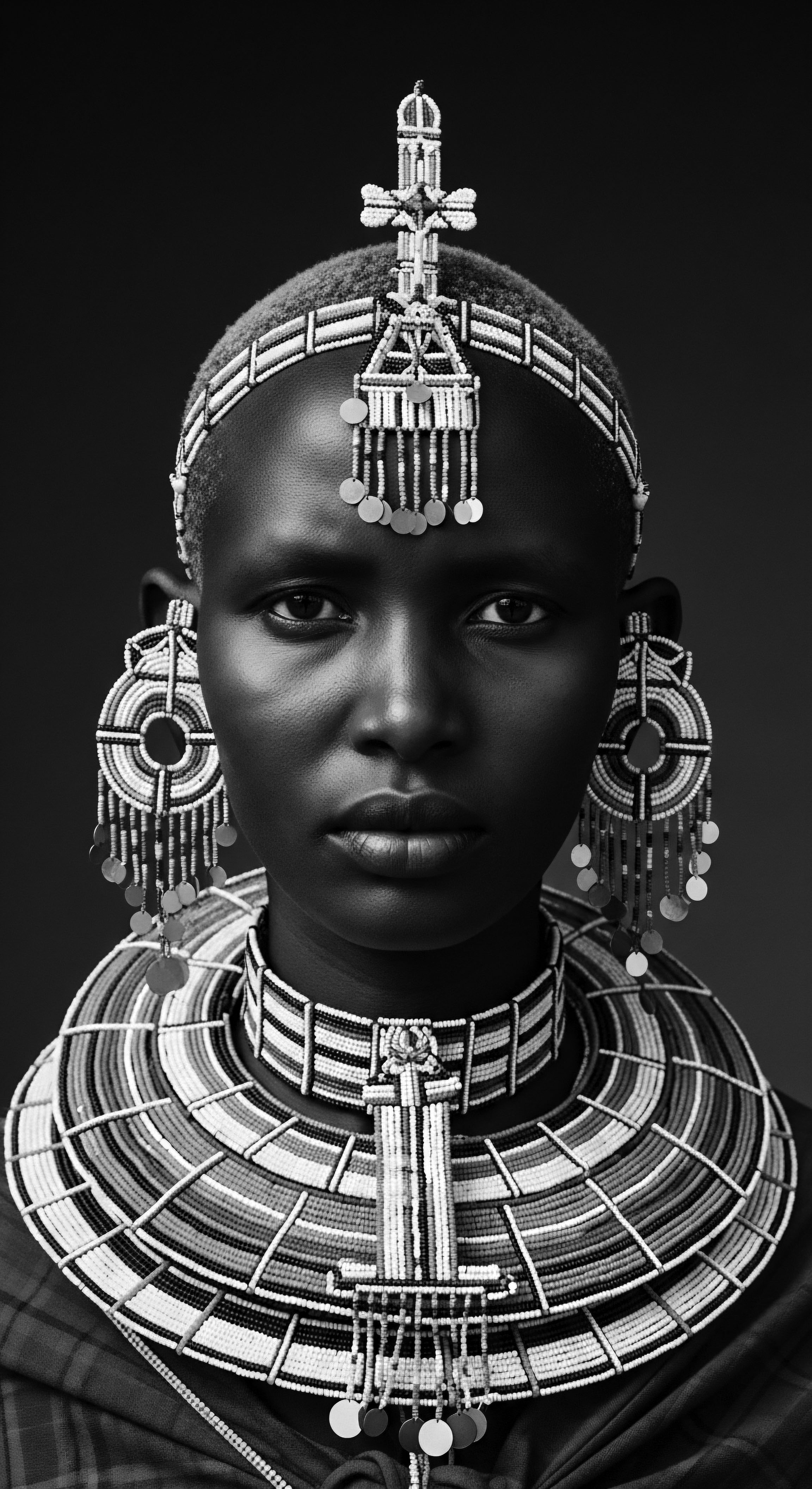
Textured Hair Anatomy From an Ancestral Gaze
The architectural marvel of textured hair, with its elliptical shaft and characteristic twists, inherently presents a different set of needs than straighter hair types. Unlike straight hair, which allows natural scalp oils, known as sebum, to travel down the strand with relative ease, the twists and turns of a textured strand create obstacles. This can result in dryness, particularly at the ends, making these hair types more susceptible to breakage. Ancestral communities, acutely attuned to their environments, understood this vulnerability.
They observed that certain plant oils, when applied, seemed to provide a protective mantle, a shield against the elements and the wear of daily life. This understanding, though not articulated in the molecular terms of modern science, was precise in its practical application.
Before microscopes revealed the cuticle layers or cortex, human hands learned the subtle languages of dryness and elasticity. The wisdom lay in sensing which oils brought forth softness, which provided definition, and which sealed in moisture. This tactile knowledge, often shared through the communal act of hair dressing, forms a foundational layer of textured hair heritage.

Traditional Classifications of Textured Hair
Modern classification systems, like the Andre Walker Hair Typing System, categorize hair from Type 1 (straight) to Type 4 (kinky/coily), with sub-categories for varying degrees of curl and density. While these systems aim for scientific precision, they often fall short in acknowledging the rich, nuanced ways textured hair has been understood and celebrated within its own cultural contexts for millennia. Ancient communities did not rely on numerical charts.
Their classifications were rooted in social significance, tribal identity, and ritualistic purpose. A hairstyle, or the way hair was oiled and adorned, communicated marital status, age, lineage, or even spiritual standing.
The use of oils was integral to these distinctions. For example, the Himba women of Namibia, for generations, have colored their hair with a paste called Otjize, a mixture of butterfat, ochre, and aromatic resin. This deep red hue, applied daily, serves not only as a beauty practice but also as a protective layer against the harsh desert sun, symbolizing their connection to their land and heritage.
This ritual demonstrates a profound understanding of how natural emollients can serve both aesthetic and functional roles for textured hair in extreme environments (Twyg, 2022). This communal and ceremonial practice of beautification and protection speaks volumes about the benefits derived from these natural preparations.
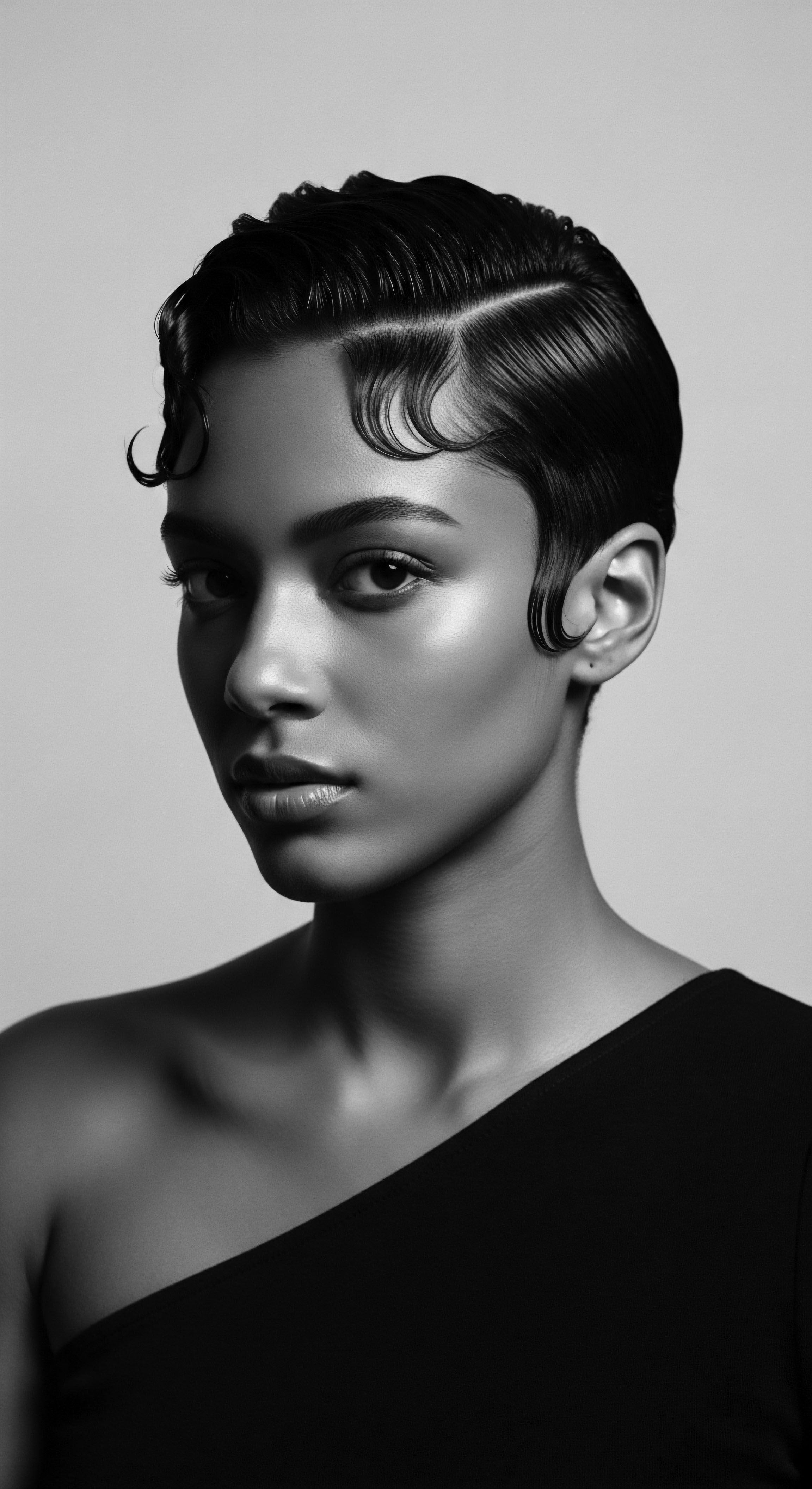
A Lexicon of Legacy Oils
The nomenclature of textured hair care, particularly concerning plant-based oils, is a living archive of heritage. Many terms used today echo the ancient names of plants and the practices associated with them.
- Shea Butter (Vitellaria Paradoxa) ❉ Revered across West Africa for centuries, shea butter, extracted from the nuts of the shea tree, is a cornerstone of traditional African hair and skin care. It is known for its intense moisturizing properties, helping to protect hair from dry conditions.
- Castor Oil (Ricinus Communis) ❉ With deep roots in ancient Egypt and traditional African and Caribbean practices, this thick oil has been used to condition, strengthen, and promote the appearance of hair density.
- Coconut Oil (Cocos Nucifera) ❉ A staple in tropical regions, including parts of Africa and the Caribbean, coconut oil’s small molecular size allows it to penetrate the hair shaft, reducing protein loss and helping prevent damage.
- Argan Oil (Argania Spinosa) ❉ Hailing from Morocco, argan oil, often called “liquid gold,” is cherished for its ability to soften strands and improve hair elasticity.
- Jojoba Oil (Simmondsia Chinensis) ❉ While indigenous to the Americas, jojoba oil found a place in Black beauty traditions due to its similarity to the scalp’s natural sebum, making it an effective moisturizer and scalp balancer.

Cycles of Hair and Environmental Influences
Hair growth cycles, governed by biological rhythms, have always interacted with external factors. Historically, climate, diet, and lifestyle played a significant part in hair health. In hot, arid climates, where textured hair is often found, the need for external moisture and protection against sun and environmental damage was paramount.
Plant oils were not merely cosmetic additions; they were survival tools, helping to maintain scalp health and prevent excessive dryness and breakage that could compromise length retention. The consistent application of oils by many African tribes was a direct response to these environmental demands, allowing hair to thrive where it might otherwise suffer.
The enduring reliance on plant-based oils for textured hair is a testament to ancestral wisdom, providing both protection and aesthetic richness in diverse climates.
The journey from seed to strand, observed over countless seasons, yielded insights into which plants yielded the most protective and nourishing extracts. This empirical knowledge, often codified in communal rituals, allowed communities to adapt and optimize their hair care in harmony with their natural surroundings.

Ritual
The application of plant-based oils for textured hair is more than a simple step in a beauty routine; it is often a ritual, a connection to a profound heritage of care and adornment. These practices, honed over centuries, reveal an intimate understanding of how natural emollients can transform the appearance and feel of textured hair. From the gentle anointing of a child’s scalp to the elaborate preparation for ceremonial styles, oils have been central to the art and science of textured hair styling.

Protective Styling Lineage
Protective styles—such as braids, twists, and cornrows—have a long and storied history within African and diasporic communities. These styles served multiple purposes ❉ expressing social status, signaling marital availability, and most critically, safeguarding the hair strands from damage and environmental stressors. Plant oils were indispensable in their creation and maintenance. Before braiding, hair would be generously coated with butters and oils like Shea Butter or Castor Oil.
This not only added slip, making the hair more pliable and less prone to tangles during styling, but also locked in moisture for the duration of the style. The protective quality of these oils against the friction and tension inherent in such styles cannot be overstated.
| Oil Name Shea Butter |
| Traditional Use in Protective Styles Used as a base for styling pastes, offering moisture and hold for braids and twists. Often mixed with ochre for cultural significance. |
| Contemporary Benefit for Textured Hair Seals cuticles, reduces frizz, provides a pliable hold, and minimizes mechanical damage from styling. |
| Oil Name Castor Oil |
| Traditional Use in Protective Styles Applied to scalp and strands to soothe, condition, and promote a healthy environment for growth during long-term styles. |
| Contemporary Benefit for Textured Hair Thick viscosity forms a protective barrier, reducing moisture loss and offering robust strand fortification. |
| Oil Name Chebe-Infused Oil |
| Traditional Use in Protective Styles Historically mixed with powder and applied to hair before braiding to retain length and moisture. |
| Contemporary Benefit for Textured Hair Aids in length retention by minimizing breakage and improving hair elasticity, especially for coily textures. |
| Oil Name These oils embody a continuous tradition of care, marrying ancient practices with modern understanding for robust hair health. |

Natural Styling and Definition Techniques
The quest for definition in textured hair is as old as the styles themselves. While modern products exist, the techniques for coaxing coils and waves into distinct patterns often mirror ancestral methods that relied on the unique properties of plant oils. The practice of “finger coiling” or “shingling” wet hair with a rich oil or butter, for example, allows the natural curl pattern to emerge without disruption.
The oil provides the necessary slip to separate strands and the weight to clump curls, reducing frizz and enhancing shine. This method reflects a deep understanding of hair’s interaction with moisture and emollients, a wisdom passed down through generations of hands-on experience.
Plant oils contribute distinct textural qualities to styling, providing the slip and substance needed for defining natural curl patterns while reducing frizz.
The historical record, though often unwritten, lives in the muscle memory of those who continue these practices. From West African women using shea butter to define intricate coil patterns, to Caribbean communities relying on castor oil for a lustrous, defined look, the techniques are inextricably linked to the natural ingredients available.
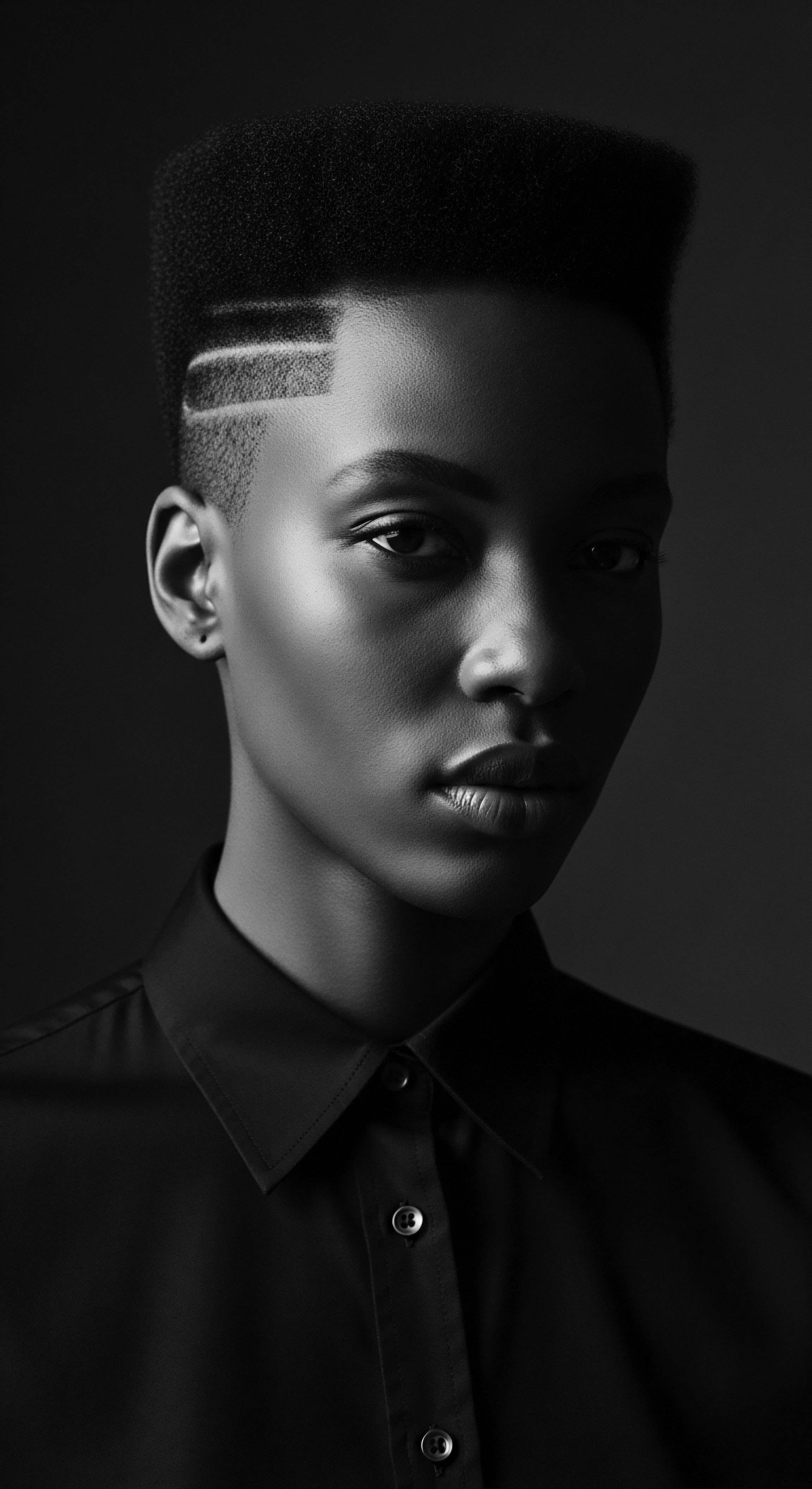
Heat Styling and Historical Considerations
While contemporary heat styling tools offer a swift path to altered textures, traditional societies primarily avoided direct, intense heat due to its damaging effects. Instead, they focused on methods that preserved the hair’s inherent structure. When gentle warmth was applied, such as warming an oil before a scalp massage or allowing hair to dry in protective styles under the sun, plant oils acted as a buffer.
Research now confirms that certain oils, like coconut oil, can reduce protein loss when applied to hair, especially before washing. This suggests that the ancestral intuition to coat hair with oils may have inadvertently provided a form of thermal protection, minimizing the strain on delicate hair fibers.

The Complete Textured Hair Toolkit
The tools for textured hair care, from wide-tooth combs carved from wood to specific braiding implements, have always been complemented by the natural resources of the land. The hands themselves are perhaps the most significant “tools,” guided by centuries of accumulated wisdom.
- Wooden Combs ❉ Crafted from local trees, these combs, often treated with oils themselves, were used to detangle hair gently after oil application, minimizing breakage. Their smooth surfaces helped distribute the oil evenly.
- Clay and Ochre ❉ As seen with the Himba, clays and ochres, mixed with butters and oils, served as both cosmetic and protective agents, applied with careful precision.
- Fingers ❉ The primary tool for massaging oils into the scalp, separating strands, and defining curls, reflecting the intimate, hands-on nature of traditional hair care. This practice of massaging oils into the scalp enhances circulation, a long-held belief now supported by studies that link scalp health to hair growth.
These tools, paired with the judicious application of plant oils, allowed for the creation of intricate, durable styles that served both aesthetic and practical purposes, cementing the role of oils in the very framework of textured hair heritage.
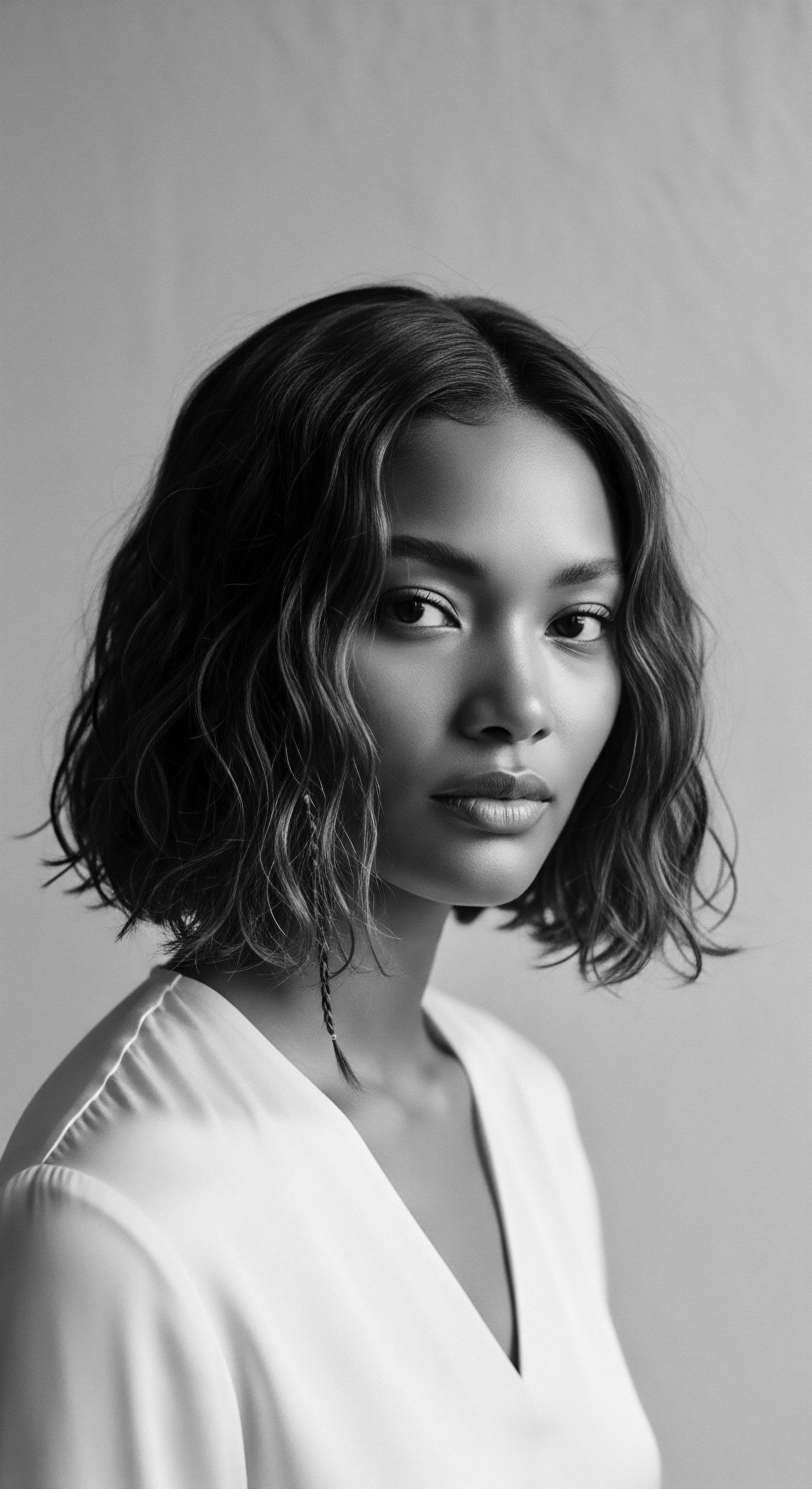
Relay
The journey of plant-based oils in textured hair care represents a profound cultural relay, a continuous exchange between ancient practice and evolving scientific understanding. The benefits observed by our forebears, often attributed to unseen forces or inherent qualities of the earth, now find resonance in molecular biology. This interconnectedness allows us to view the efficacy of plant oils not as anecdotal folklore, but as deeply informed heritage validated by contemporary investigation.

How Do Plant-Based Oils Affect the Hair’s Inner Structure?
At the heart of the matter lies the unique architecture of textured hair. Its elliptical shape and propensity for dryness make it more vulnerable to external stresses. Plant oils, unlike mineral oils, often possess molecular structures that allow for some degree of penetration into the hair shaft. Coconut oil, for example, is particularly noted for its high affinity for hair proteins and its ability to penetrate the cortex, reducing protein loss during washing.
Mohile and colleagues (2003) confirmed that coconut oil significantly reduced protein loss in hair compared to mineral oil or sunflower oil. This scientific observation lends credence to the historical use of coconut oil in regions where textured hair is prevalent, underscoring an ancestral knowledge of ingredient compatibility with hair biology.
Beyond mere surface coating, certain plant oils contribute to the internal resilience of the strand. Studies indicate that oils like avocado and argan can improve the mechanical properties of bleached textured hair, increasing its resistance to breakage. Avocado oil, specifically, has shown a notable capacity to increase the break stress of textured bleached hair by over 13%. This suggests a deeper interaction beyond superficial conditioning, pointing to a strengthening effect that helps preserve the hair’s integrity against daily manipulation and environmental exposure.
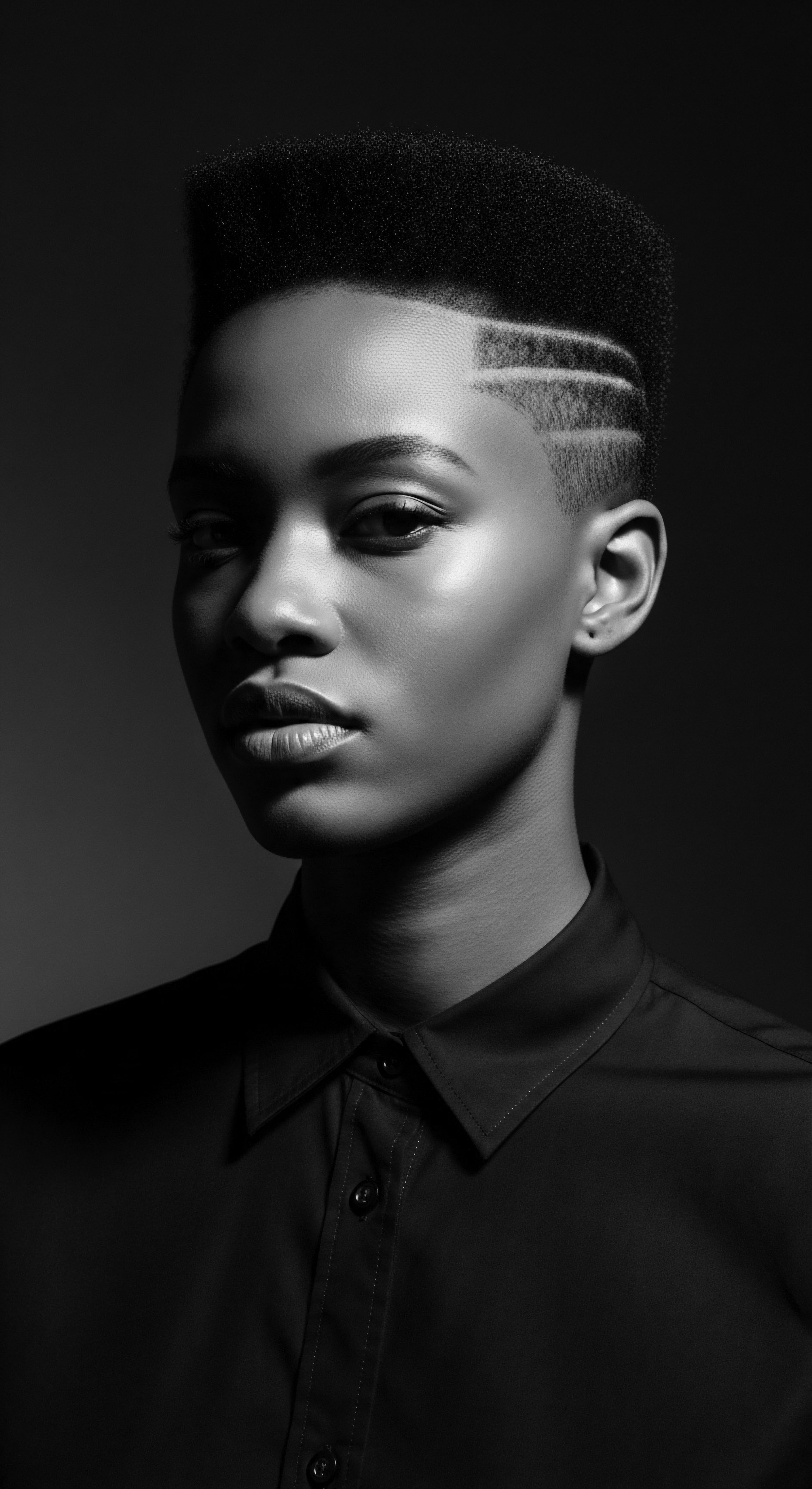
What Role Do Oils Play in Scalp Ecology and Hair Growth?
A vibrant scalp is the fertile ground from which healthy hair emerges, and plant-based oils have long been integral to this ecosystem. Ancestral practices frequently involved scalp massages with oils, a ritual believed to stimulate circulation and promote robust growth. Modern research now aligns with this ancient wisdom, suggesting that certain oils possess properties that support scalp health. Castor oil, for instance, contains ricinoleic acid, which is believed to enhance blood circulation to the scalp, thereby potentially supplying nutrients to hair follicles.
The traditional emphasis on scalp care with oils also provided defense against common ailments. Many plant oils possess antimicrobial or anti-inflammatory properties, which could help maintain a balanced scalp microbiome and alleviate issues such as dryness or irritation. Neem oil, traditionally used in some African hair care practices, is cited for its ability to relieve scalp dryness and provide sheen, while tea tree oil, often blended with other oils, fights bacteria and fungi. This holistic approach, treating the scalp as an extension of the hair, illustrates a comprehensive understanding that preceded contemporary dermatological insights.
The consistent use of plant oils in traditional textured hair care is validated by modern studies showing their molecular capacity to strengthen strands and support scalp vitality.
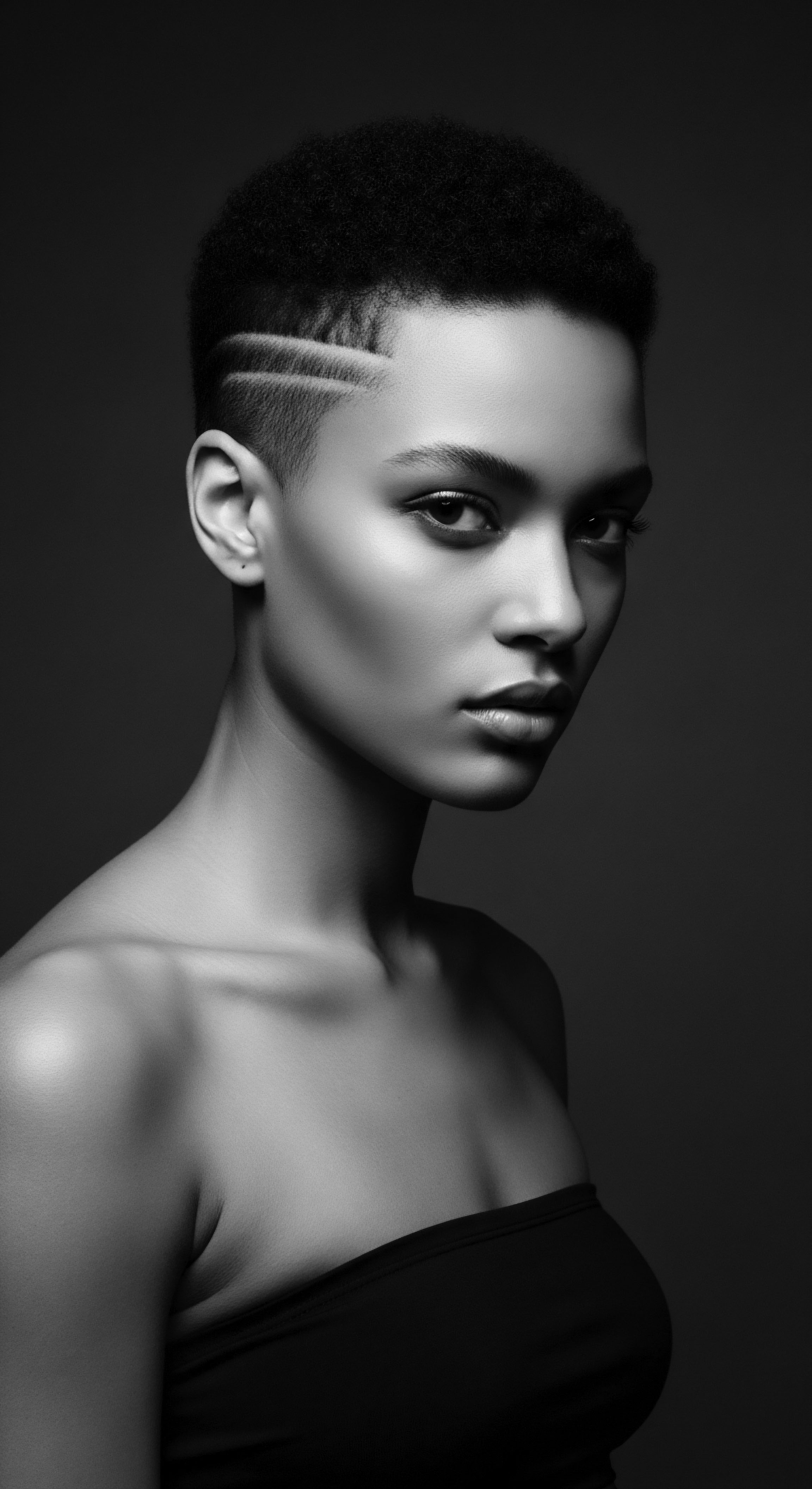
Cultural Preservation and Contemporary Science
The “natural hair movement” of recent decades, particularly within Black and mixed-race communities, represents a powerful reclamation of heritage. This movement has seen a resurgence in the use of traditional plant-based oils and butters, often favored over synthetic alternatives. The choice to utilize oils like shea butter or Jamaican black castor oil goes beyond cosmetic preference; it is an act of cultural affirmation, a rejection of Eurocentric beauty standards that historically marginalized textured hair.
This shift has prompted greater scientific scrutiny of these time-honored ingredients. Ethnobotanical studies document the specific plants used by tribal women in regions like Nigeria, noting their applications for hair care, including coconut oil, shea butter, and neem oil for issues such as dandruff and breakage. Such research not only validates ancestral knowledge but also highlights the diverse botanical resources that have sustained hair health across generations.
The increasing global interest in traditional remedies like Chebe powder from Chad, known for preventing breakage and aiding length retention by locking in moisture, further exemplifies this intersection of cultural legacy and scientific inquiry. The ongoing dialogue between these two realms allows for a deeper appreciation of plant oils as both cultural artifacts and scientifically efficacious agents in the care of textured hair.
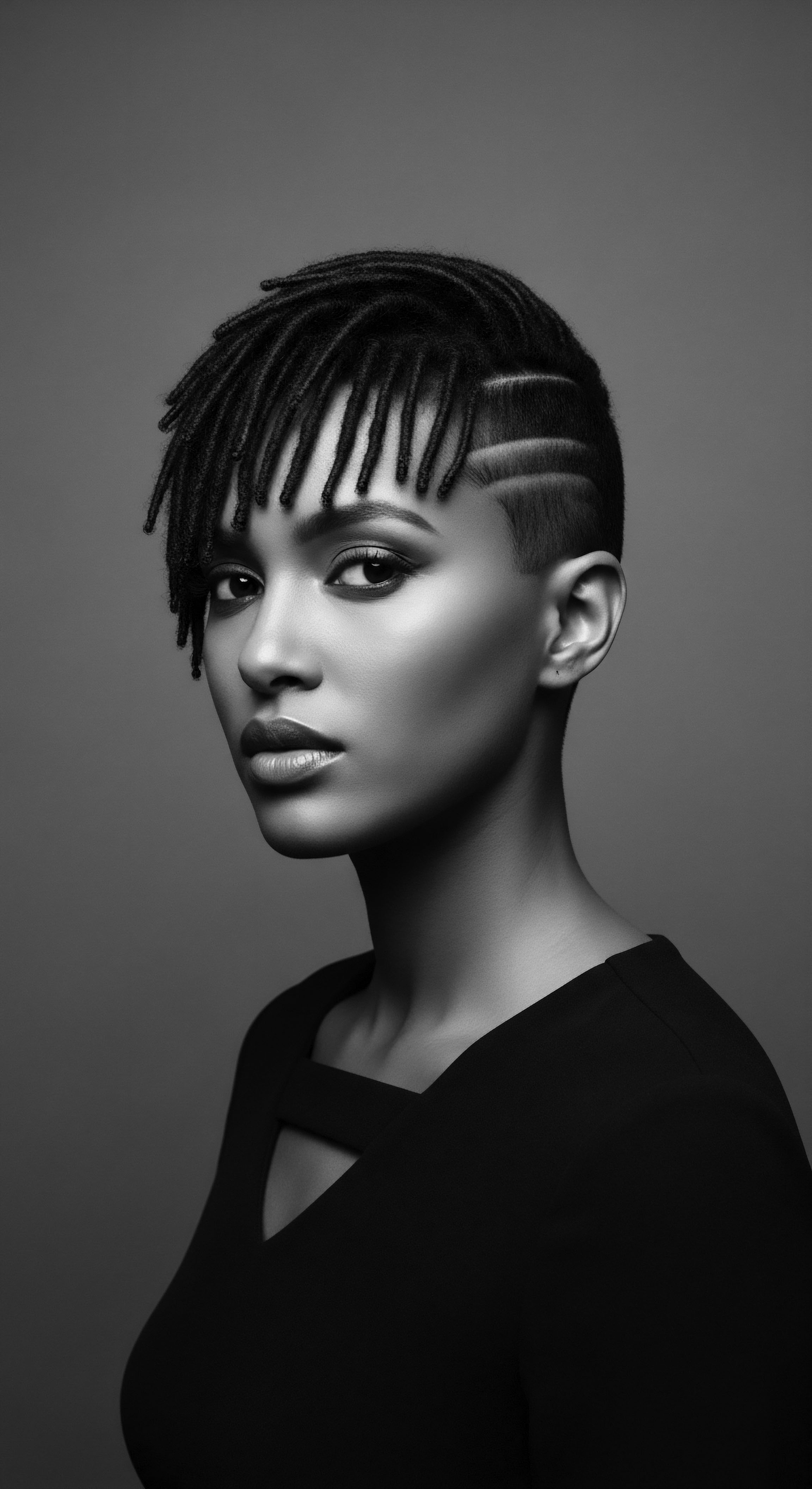
Reflection
The strands that crown us carry stories, whispers from a deep past. In the ongoing dialogue surrounding textured hair, the role of plant-based oils is more than a fleeting trend; it is a profound echo of ancestral practices, a living testament to an enduring heritage of self-care and identity. From the sun-drenched plains where shea butter provided protection, to the humid air where coconut oil offered a gentle shield, the wisdom of the earth’s bounty has always guided the hands that tend textured hair.
These oils, carefully pressed and lovingly applied, are not merely emollients; they are conduits of memory, vessels holding the essence of resilience and beauty passed down through generations. To understand their benefits is to honor a lineage, to feel the gentle, knowing touch of those who came before us, ensuring that the soul of each strand remains unbound and vibrant.

References
- Mohile, R. B. & al. (2003). Effect of mineral oil, sunflower oil, and coconut oil on prevention of hair damage. Journal of Cosmetic Science.
- Anderson, E. et al. (2011). Plants and people ❉ their roles in the cosmetic ethnobotany of tribal women.
- Haq, S. et al. (2023). Unveiling the wisdom ❉ Exploring the traditional plant-based cosmetic practices among tribal communities.
- Campos, P. et al. (2024). Development and efficacy evaluation of hair care formulations containing vegetable oils and silicone. International Journal of Phytocosmetics and Natural Ingredients.
- Sharaibi, O. J. et al. (2024). Cosmetic Ethnobotany Used by Tribal Women in Epe Communities of Lagos State, Nigeria. Journal of Complementary Medicine & Alternative Healthcare.
- Mohanty, D. & al. (2024). The history of chebe powder ❉ An ancient African hair secret for hair growth.
- Kumar Mallick, A. et al. (2023). Cosmetic ethnobotany practiced by tribal women of Nandurbar district of Maharashtra. International Journal of Science and Research Archive.
- Marsh, J. et al. (2021). Penetration of Vegetable Oils into Textured Hair Fibers ❉ Integrating Molecular Matrix Assisted Laser Desorption Ioni-Zation Time-of-Flight Mass Spectroscopy (MALDI TOF/TOF MS) Analysis with Mechanical Measurements. MDPI.
- Chouhan, H. & al. (2023). The science behind using hair oil ❉ Exploring the benefits of plant oil. Besque.
- Adjoaa. (2024). The Recent History of Hair in Afro-American Culture.
- Cripps-Jackson, S. (2020). The History of Textured Hair.
